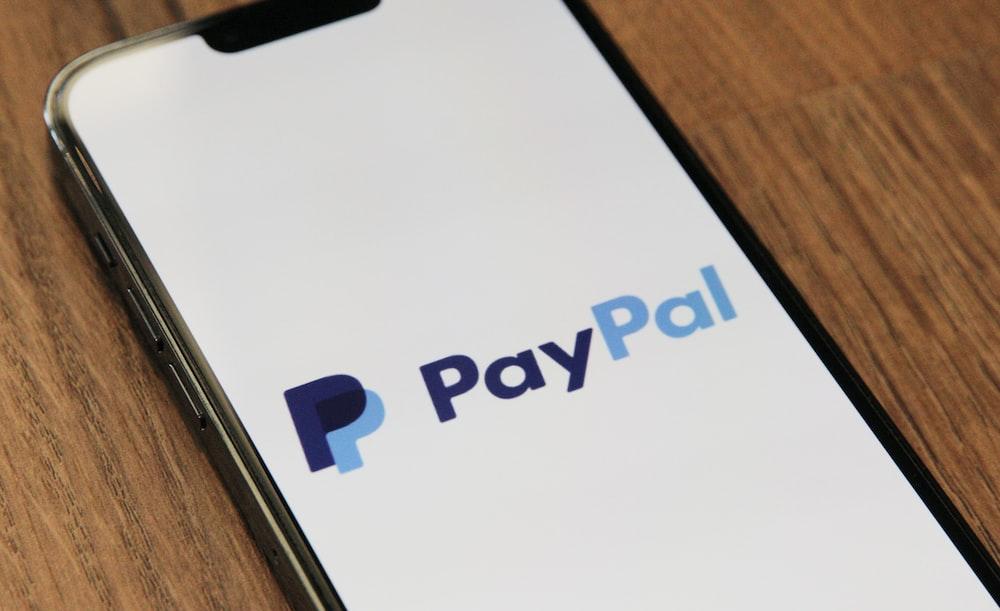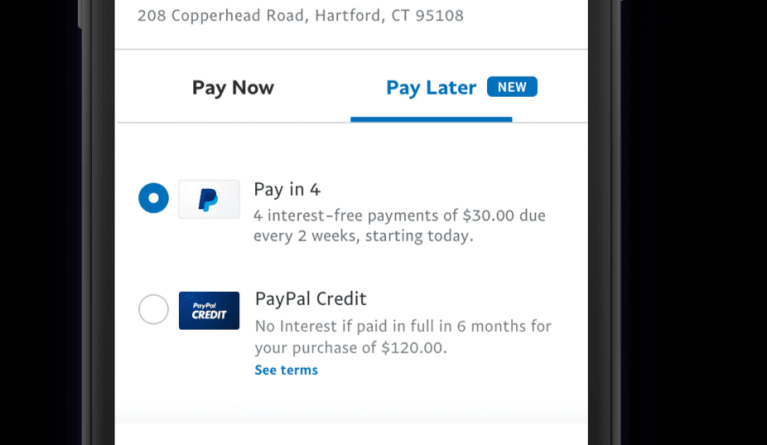
Getting to Know PayPal After Fees: How to Calculate and Maximize Your Income

PayPal is one of the world’s largest online payment platforms, used by millions of people in various countries. However, many people don’t understand how to calculate PayPal transaction fees and how to maximize their earnings. In this article, we will discuss PayPal after fees, how to calculate transaction fees, and tips for optimizing your revenue.
What is PayPal After Fees?
PayPal after fees is the amount of money remaining after you make a payment transaction with PayPal. When you make a transaction, PayPal will deduct a transaction fee from the total payment amount. These transaction fees may vary depending on transaction type, location, and currency.
How to Calculate PayPal Transaction Fees
To calculate PayPal transaction fees, you need to understand a few things:
- Transaction fees : PayPal charges a transaction fee of 2.9% + $0.30 per transaction for domestic transactions.
- Currency conversion fees : If you make a transaction in a different currency, PayPal will charge a currency conversion fee of 2.5% to 4.5% of the transaction amount.
- Additional cost : PayPal may also charge additional fees for certain transactions, such as international transactions or credit card transactions.

Example:
You make a payment transaction of $100 with PayPal. The transaction fee is 2.9% of $100, which is $2.90. Additional fee is $0.30. The total transaction fee is $3.20. So, the remaining amount of money (PayPal after fees) is $96.80.

Tips for Maximizing Earnings with PayPal
Here are some tips for maximizing your earnings with PayPal:
- Choose the right PayPal account : Choose a PayPal account that suits your needs. Biz PayPal Account can help you save on transaction fees.
- Use local currency : If you make transactions in different currencies, use the local currency to avoid currency conversion fees.
- Avoid international transactions : International transactions may incur higher additional fees. If possible, avoid making international transactions.
- Use a debit card : Debit cards can help you save on transaction fees. A debit card can also help you avoid additional fees charged by credit cards.
- Check transaction fees : Make sure you check the transaction fees before making a transaction. This can help you avoid unexpected additional costs.

Advantages and Disadvantages of PayPal
Here are some of the advantages and disadvantages of PayPal:
Excess:
- Flexibility : PayPal can be used for various types of transactions, from online payments to offline transactions.
- Security : PayPal offers high security for online transactions.
- Comfort : PayPal can be used in various countries and currencies.
Lack:
- Transaction fees : PayPal charges transaction fees that can eat into your earnings.
- Currency conversion fees : Currency conversion fees can bring you losses if you make transactions in different currencies.
- Transaction limits : PayPal may have transaction limits that may affect your earnings.
Conclusion
PayPal after fees is the amount of money remaining after you make a payment transaction with PayPal. To calculate PayPal transaction fees, you need to understand transaction fees, currency conversion fees, and additional fees. By choosing the right PayPal account, using local currency, avoiding international transactions, using debit cards, and checking transaction fees, you can maximize your earnings with PayPal. However, PayPal also has advantages and disadvantages that need to be considered before using this service.






